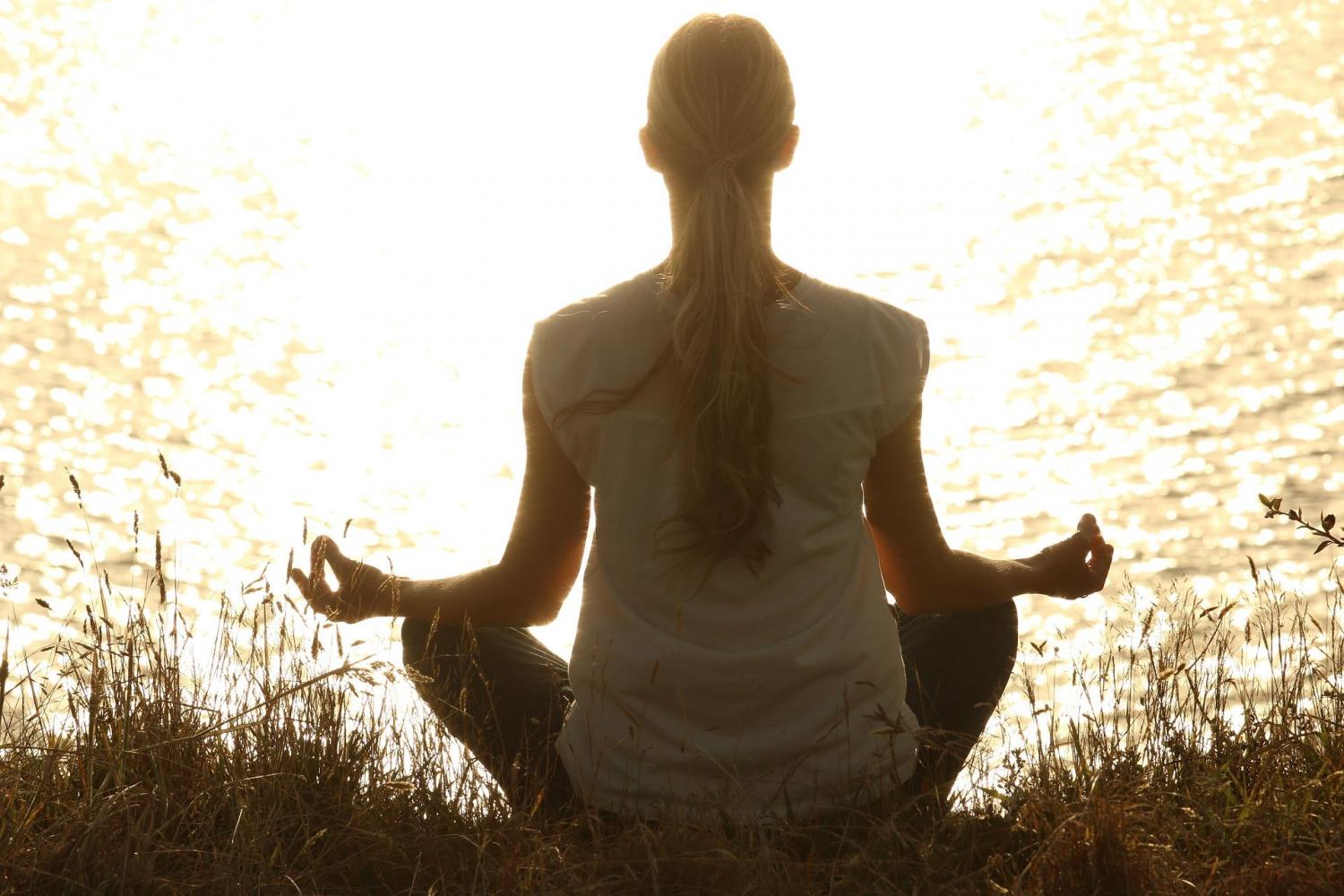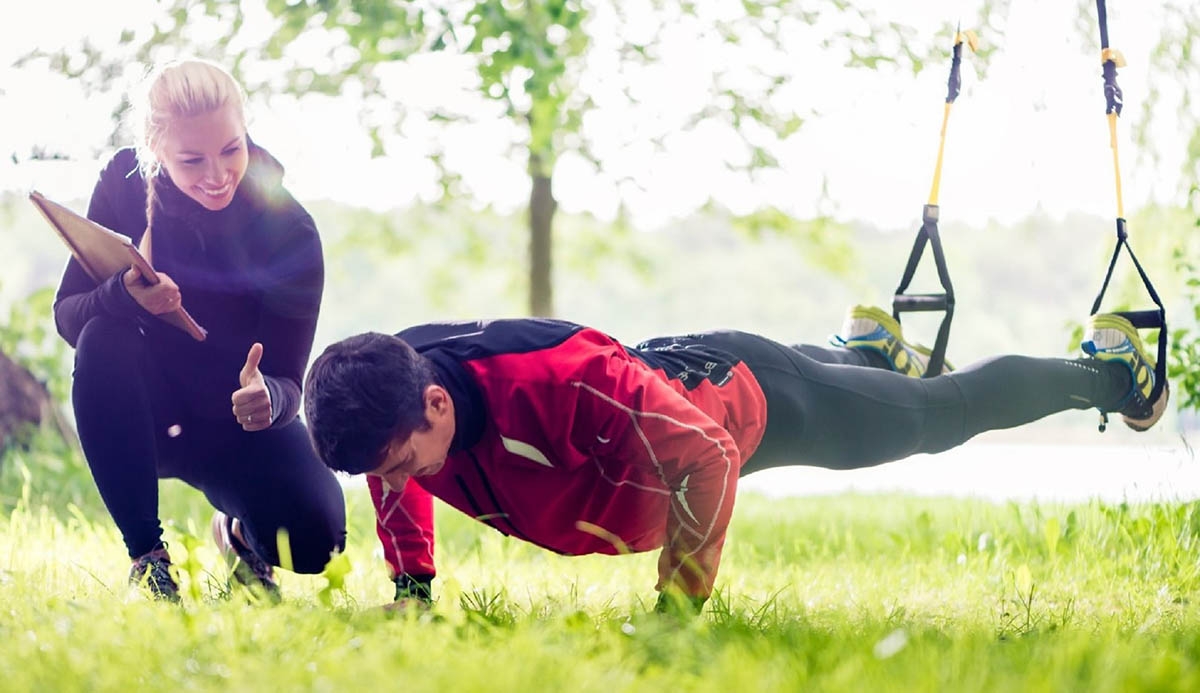
Mindfully Minding our Minds
Many moons ago, when I was going through a particularly tumultuous time, a girlfriend sat a broken-me down at her kitchen table and commanded me to – “Sit there and shut up. Breathe with me she said . . . just breathe.”
Life often feels like we are precariously teetering on the edge of our experience.
We want what we don’t have and don’t want what we do have, and our wandering minds grasp endlessly to pleasures and sufferings in an effort to end the cycle.
Most of us know mindfulness as a tool we can use to calm down, or a practice to help improve focus, or even a way of life that fosters openness and authenticity. There is a burgeoning amount of empirical evidence supporting the physiological, psychological and spiritual benefits of mindfulness.
Little did ’girlfriend’ know that by asking me to breathe she was actually down-regulating my nervous system, clearing up my mind and helping me connect to my pain with compassion.
From an Eastern perspective Buddhist monk Thich Nhat Hanh defines mindfulness as: “Keeping one’s consciousness alive to the present reality.”
Jon Kabat-Zinn who brought mindfulness to Western attention, defines mindfulness as: “Paying attention, on purpose in the present moment, without judgment.” Essen-tially both definitions reflect the intentional placement of attention.
Contrary to popular belief, mindfulness is not thinking of nothing. Mindfulness is a quality of attention, an active process of bringing the mind back to where you want it to be; over and over again.
Like going to the gym for the mind, we do reps, inviting our attention back when we notice it has wandered off to plan and lament, worry and judge, self-criticize and blame etc.
In fact, research by Harvard psychologists Daniel Gilbert and Matthew Killingsworth revealed that minds wander on average 46.9 per cent of the time.
Most of the time we are on autopilot, not realizing that we are being dragged about by our wandering minds.
We wake up in the morning, heave ourselves out of bed while deciding what to wear, plan the meeting with a colleague while in the shower, and drive to work without knowing how we got there.
Sound familiar? It’s not surprising that many of my clients say they feel like they are running on a perpetual treadmill; doing their lives rather than being them.
It sounds easy: pay attention, in the present moment, without judgment.
Try it: place your attention on your breath moving in and out of your body.
Soon, somewhere else? Come back, try again.
You might even notice some bodily discomfort during this workout; which brings me to an unfortunate truth about the practice: being in the present is not always pleasant.
When girlfriend asked me to breathe through my strife, she offered me an anchor of connection with myself. It was not pleasant to feel what I was feeling, I would have much rather ranted and blamed and swept us away with a compelling narrative of the protagonist in my story. Coming back to my breath afforded a space where I chose to respond skilfully rather than react unskilfully to what was unfolding in the present moment.
There are innumerable online meditations and apps that can help you learn how to meditate. With practice, a new autopilot emerges, one that stops and steps back when challenges arise, one that chooses to cultivate solid footing before reaching our edge.
Bringing Mindfulness practice to our lives can help us build the courage to be curious and to assume a gentler stance towards our uncertain human experience.
This fosters flexibility, possibility, choice and true freedom












